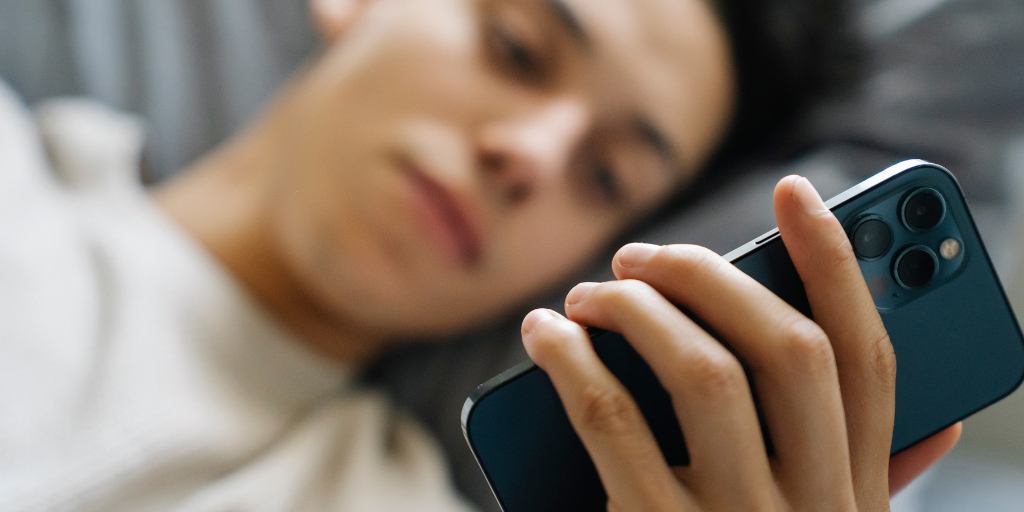
The moment your child discovers incognito mode, can be dread-inducing because it makes it harder to keep an eye on what they’re up to online. If you’re wondering how to monitor incognito browsing, you might be concerned about risks such as peer pressure and seeking out inappropriate material.
Fortunately, there are solutions, including specialized child safety tools designed to monitor your child’s internet searches — even in incognito mode.
Also known as private browsing, incognito browsing is a feature in most web browsers that allows users to browse without any records of visited websites or online activity.
Before we get into how to monitor incognito browsing, it’s helpful to first understand how it works. Here are the basics:
Although the functionality of incognito mode is basically the same across all major browsers, it might be called different names:
Incognito mode keeps a number of things private. It blocks local storage of search history, cookies and site data, and information entered into forms. Additionally, others who use the same device won’t see activity from incognito mode.
“Private” doesn’t always mean private in incognito browsing. Here are the limitations:
There are many reasons why kids might use incognito mode, ranging from innocent to worrisome.
While this sort of curiosity, exploration, and desire for privacy is developmentally normal behavior, exercising it on the internet can expose your child to risks. It could lead to viewing inappropriate material and — depending on where they turn for answers — open them up to unsafe contact with strangers.
That’s why it’s important to be proactive in monitoring your child online, even when they turn to incognito browsing.
There are two ways to monitor incognito browsing for your child: disabling it or using a third-party monitoring app like BrightCanary designed to work around private browsing.
When you set up a child account on Google Family Link, incognito mode is automatically disabled for Chrome, meaning your child can’t browse the internet outside of your watchful eye. However, they can still use private browsing in Safari and other browsers.
The BrightCanary Keyboard gives you access to your child’s searches and the websites they visit on their iPhone and iPad — even in incognito mode.
The app’s advanced technology scans everything they type and provides you with real-time AI-powered summaries, along with alerts when your child comes across harmful content. BrightCanary is only available for iPhones or iPads at this time, so desktop monitoring isn’t yet available.
When you disable incognito browsing, you still have to check your child’s internet history to see what they’re up to online. That’s a lot of work. With BrightCanary, you have the peace of mind of knowing when they come across any red flags.
Incognito browsers make it difficult to monitor what your child does on the internet, which can expose them to various risks.
If you’re looking to monitor your child’s incognito browsing, you can either disable it altogether or use an app like BrightCanary, which monitors everything your child types across all the apps they use, even in incognito mode. Download today to get started for free.